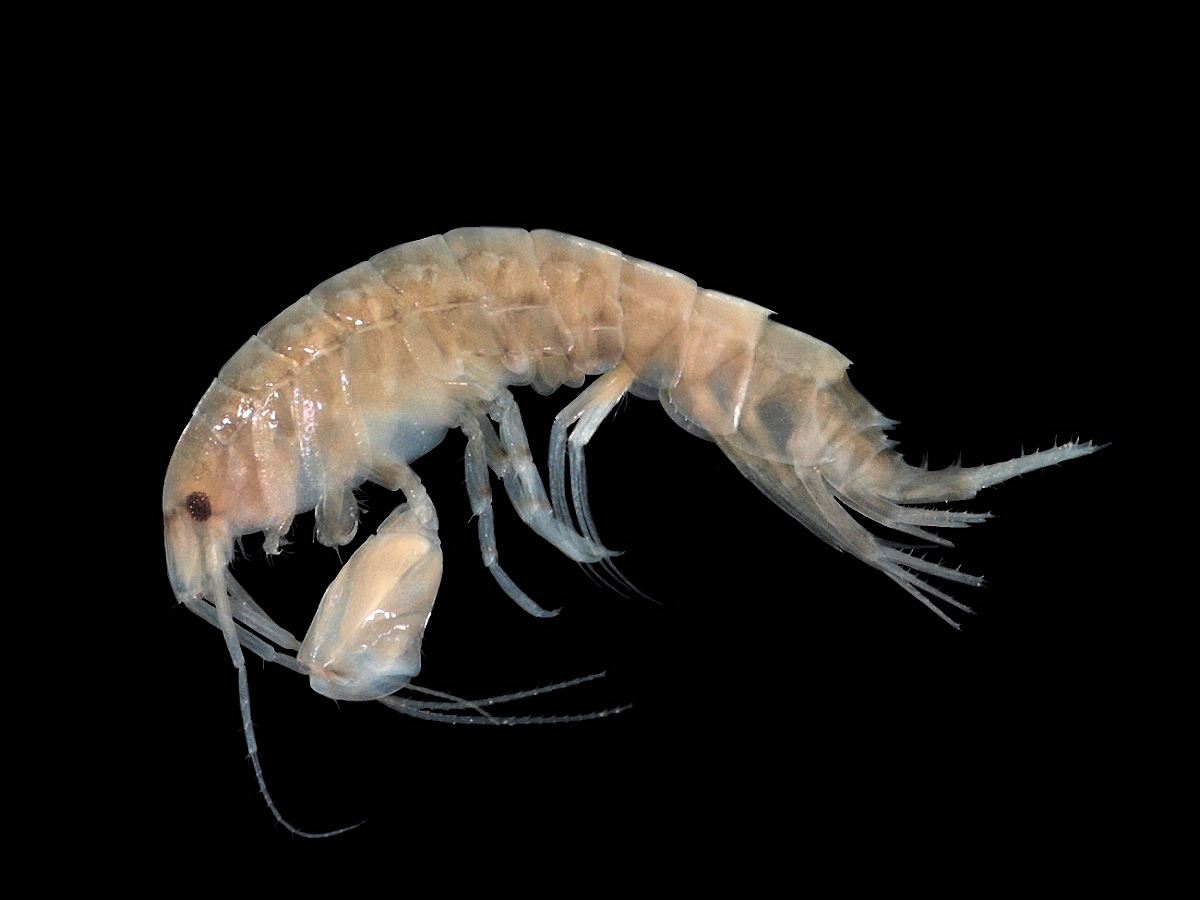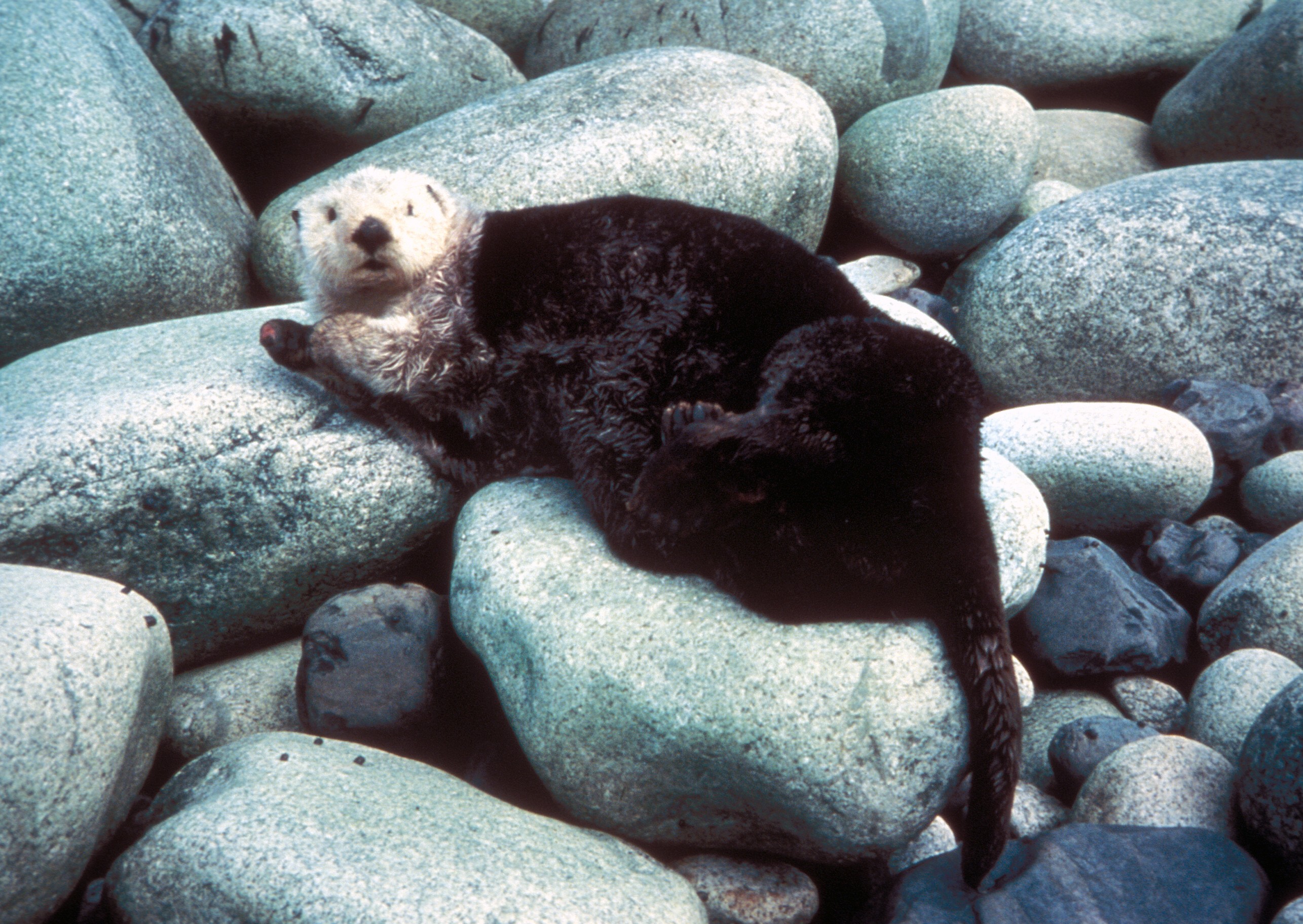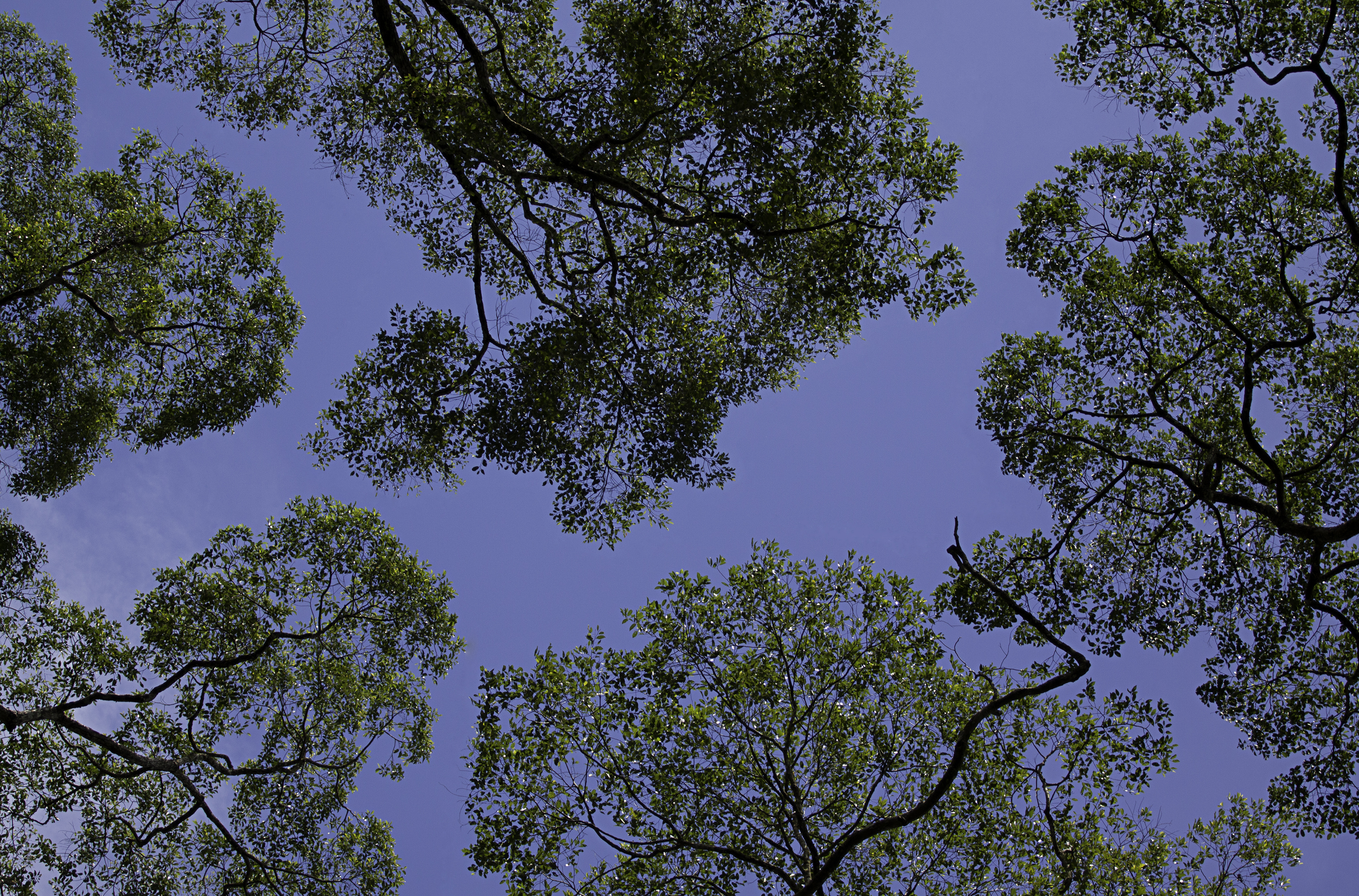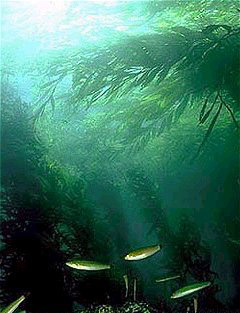|
Graceful Kelp Crab
''Pugettia gracilis'', commonly known as the graceful kelp crab, is a species of small crab in the family Epialtidae. It lives among forests of kelp on the Pacific coast of North America. Description The carapace (shell) of this small crab is slightly longer than it is wide and grows to a width of in males and in females. The rostrum (the part of the carapace in front of the eyes) has two flattened projections which spread apart. The margin of the carapace has a pair of large teeth on either side of the rostrum and another, more flattened pair, slightly further back. The carapace is scattered with small tubercles. The legs are long and bear spines which may help the crab cling onto the kelp. The colour of this crab varies, usually being brown, red or yellow, but sometimes being orange, pink, white or blue. The chelae (claws) have blue extremities, with red, orange or white tips, and the walking legs often have pale bands. Distribution and habitat ''Pugettia gracilis'' is native ... [...More Info...] [...Related Items...] OR: [Wikipedia] [Google] [Baidu] |
James Dwight Dana
James Dwight Dana Royal Society of London, FRS FRSE (February 12, 1813 – April 14, 1895) was an American geologist, mineralogist, volcanologist, and zoologist. He made pioneering studies of mountain-building, volcano, volcanic activity, and the origin and structure of continents and oceans around the world. His zoological author abbreviation is Dana. Early life and career Dana was born February 12, 1813, in Utica, New York. His father was merchant James Dana (1780–1860) and his mother was Harriet Dwight (1792–1870). Through his mother he was related to the Dwight New England family of missionaries and educators including uncle Harrison Gray Otis Dwight and first cousin Henry Otis Dwight. He showed an early interest in science, which had been fostered by Fay Edgerton, a teacher in the Utica high school, and in 1830 he entered Yale College in order to study under Benjamin Silliman the elder. Graduating in 1833, for the next two years he was teacher of mathematics to midshi ... [...More Info...] [...Related Items...] OR: [Wikipedia] [Google] [Baidu] |
Intertidal Zone
The intertidal zone or foreshore is the area above water level at low tide and underwater at high tide; in other words, it is the part of the littoral zone within the tidal range. This area can include several types of habitats with various species of life, such as sea stars, sea urchins, and many species of coral with regional differences in biodiversity. Sometimes it is referred to as the ''littoral zone'' or '' seashore'', although those can be defined as a wider region. The intertidal zone also includes steep rocky cliffs, sandy beaches, bogs or wetlands (e.g., vast mudflats). This area can be a narrow strip, such as in Pacific islands that have only a narrow tidal range, or can include many meters of shoreline where shallow beach slopes interact with high tidal excursion. The peritidal zone is similar but somewhat wider, extending from above the highest tide level to below the lowest. Organisms in the intertidal zone are well-adapted to their environment, facing high ... [...More Info...] [...Related Items...] OR: [Wikipedia] [Google] [Baidu] |
Crustaceans Of The Eastern Pacific Ocean
Crustaceans (from Latin meaning: "those with shells" or "crusted ones") are invertebrate animals that constitute one group of arthropods that are traditionally a part of the subphylum Crustacea (), a large, diverse group of mainly aquatic arthropods including decapods (shrimps, prawns, crabs, lobsters and crayfish), seed shrimp, branchiopods, fish lice, krill, remipedes, isopods, barnacles, copepods, opossum shrimps, amphipods and mantis shrimp. The crustacean group can be treated as a subphylum under the clade Mandibulata. It is now well accepted that the hexapods (insects and entognathans) emerged deep in the Crustacean group, with the completed pan-group referred to as Pancrustacea. The three classes Cephalocarida, Branchiopoda and Remipedia are more closely related to the hexapods than they are to any of the other crustaceans ( oligostracans and multicrustaceans). The 67,000 described species range in size from '' Stygotantulus stocki'' at , to the Japanese spider cr ... [...More Info...] [...Related Items...] OR: [Wikipedia] [Google] [Baidu] |
Crustaceans Of North America
Crustaceans (from Latin meaning: "those with shells" or "crusted ones") are invertebrate animals that constitute one group of arthropods that are traditionally a part of the subphylum Crustacea (), a large, diverse group of mainly aquatic arthropods including decapods ( shrimps, prawns, crabs, lobsters and crayfish), seed shrimp, branchiopods, fish lice, krill, remipedes, isopods, barnacles, copepods, opossum shrimps, amphipods and mantis shrimp. The crustacean group can be treated as a subphylum under the clade Mandibulata. It is now well accepted that the hexapods (insects and entognathans) emerged deep in the Crustacean group, with the completed pan-group referred to as Pancrustacea. The three classes Cephalocarida, Branchiopoda and Remipedia are more closely related to the hexapods than they are to any of the other crustaceans ( oligostracans and multicrustaceans). The 67,000 described species range in size from '' Stygotantulus stocki'' at , to the Ja ... [...More Info...] [...Related Items...] OR: [Wikipedia] [Google] [Baidu] |
Majoidea
The Majoidea are a Superfamily (taxonomy), superfamily of crabs which includes the various spider crabs. Taxonomy In "''A classification of living and fossil genera of decapod crustaceans''" De Grave and colleagues divided Majoidea into six families. The classification has since been revised, with subfamilies Epialtinae and Mithracinae being elevated to families and Hymenosomatidae being moved to its own superfamily. The family composition according to the World Register of Marine Species is as follows: * Epialtidae MacLeay, 1838 * Inachidae MacLeay, 1838 * Inachoididae Dana, 1851 * Macrocheiridae Dana, 1851 * Majidae Samouelle, 1819 – "true" spider crabs * Mithracidae Balss, 1929 * Oregoniidae Garth, 1958 * Priscinachidae Breton, 2009 Notable species within the superfamily include: * Japanese spider crab (''Macrocheira kaempferi''), the largest living species of crab, found on the bottom of the Pacific Ocean. * ''Libinia emarginata'', the portly spider crab, a species of cra ... [...More Info...] [...Related Items...] OR: [Wikipedia] [Google] [Baidu] |
Octopus
An octopus (: octopuses or octopodes) is a soft-bodied, eight-limbed mollusc of the order Octopoda (, ). The order consists of some 300 species and is grouped within the class Cephalopoda with squids, cuttlefish, and nautiloids. Like other cephalopods, an octopus is bilaterally symmetric with two eyes and a beaked mouth at the centre point of the eight limbs. An octopus can radically deform its shape, enabling it to squeeze through small gaps. They trail their appendages behind them as they swim. The siphon is used for respiration and locomotion (by water jet propulsion). Octopuses have a complex nervous system and excellent sight, and are among the most intelligent and behaviourally diverse invertebrates. Octopuses inhabit various ocean habitats, including coral reefs, pelagic waters, and the seabed; some live in the intertidal zone and others at abyssal depths. Most species grow quickly, mature early, and are short-lived. In most species, the male uses a speciall ... [...More Info...] [...Related Items...] OR: [Wikipedia] [Google] [Baidu] |
Sea Otter
The sea otter (''Enhydra lutris'') is a marine mammal native to the coasts of the northern and eastern Pacific Ocean, North Pacific Ocean. Adult sea otters typically weigh between , making them the heaviest members of the Mustelidae, weasel family, but among the smallest marine mammals. Unlike most marine mammals, the sea otter's primary form of insulation is an exceptionally thick coat of fur, the densest in the animal kingdom. Although it can walk on land, the sea otter is capable of living exclusively in the ocean. The sea otter inhabits nearshore environments, where it dives to the sea floor to Foraging, forage. It preys mostly on marine Invertebrate, invertebrates such as sea urchins, various mollusks and crustaceans, and some species of fish. Its foraging and eating habits are noteworthy in several respects. Its Tool use by sea otters, use of rocks to dislodge prey and to open shells makes it one of the few mammal species to use tools. In most of ... [...More Info...] [...Related Items...] OR: [Wikipedia] [Google] [Baidu] |
Fish
A fish (: fish or fishes) is an aquatic animal, aquatic, Anamniotes, anamniotic, gill-bearing vertebrate animal with swimming fish fin, fins and craniate, a hard skull, but lacking limb (anatomy), limbs with digit (anatomy), digits. Fish can be grouped into the more basal (phylogenetics), basal jawless fish and the more common jawed fish, the latter including all extant taxon, living cartilaginous fish, cartilaginous and bony fish, as well as the extinct placoderms and acanthodians. In a break to the long tradition of grouping all fish into a single Class (biology), class (Pisces), modern phylogenetics views fish as a paraphyletic group. Most fish are ectotherm, cold-blooded, their body temperature varying with the surrounding water, though some large nekton, active swimmers like white shark and tuna can hold a higher core temperature. Many fish can communication in aquatic animals#Acoustic, communicate acoustically with each other, such as during courtship displays. The stud ... [...More Info...] [...Related Items...] OR: [Wikipedia] [Google] [Baidu] |
Canopy (biology)
In biology, the canopy is the aboveground portion of a plant community, plant cropping or crop, formed by the collection of individual Crown (botany), plant crowns. In forest ecology, the canopy is the upper layer or habitat zone, formed by mature tree crowns and including other biological organisms (epiphytes, lianas, Arboreal, arboreal animals, etc.). The communities that inhabit the canopy layer are thought to be involved in maintaining forest diversity, Ecological resilience, resilience, and functioning. Shade trees normally have a dense canopy that blocks light from lower growing plants. Early observations of canopies were made from the ground using binoculars or by examining fallen material. Researchers would sometimes erroneously rely on extrapolation by using more reachable samples taken from the understory. In some cases, they would use unconventional methods such as chairs suspended on vines or hot-air dirigibles, among others. Modern technology, including adapted ... [...More Info...] [...Related Items...] OR: [Wikipedia] [Google] [Baidu] |
Understory
In forestry and ecology, understory (American English), or understorey (English in the Commonwealth of Nations, Commonwealth English), also known as underbrush or undergrowth, includes plant life growing beneath the Canopy (biology), forest canopy without penetrating it to any great extent, but above the forest floor. Only a small percentage of light penetrates the canopy, so understory vegetation is generally Shade tolerance, shade-tolerant. The understory typically consists of trees stunted through lack of light, other small trees with low light requirements, saplings, shrubs, vines, and undergrowth. Small trees such as holly and Cornus (genus), dogwood are understory specialists. In Temperate broadleaf and mixed forest, temperate deciduous forests, many understory plants start into growth earlier in the year than the canopy trees, to make use of the greater availability of light at that particular time of year. A gap in the canopy caused by the death of a tree stimulates the ... [...More Info...] [...Related Items...] OR: [Wikipedia] [Google] [Baidu] |
Kelp Forest
Kelp forests are underwater areas with a high density of kelp, which covers a large part of the world's coastlines. Smaller areas of anchored kelp are called kelp beds. They are recognized as one of the most productive and dynamic ecosystems on Earth. Although algal kelp forest combined with coral reefs only cover 0.1% of Earth's total surface, they account for 0.9% of global Primary production, primary productivity. Kelp forests occur worldwide throughout temperate and polar region, polar coastal oceans. In 2007, kelp forests were also discovered in tropical waters near Ecuador. Physically formed by brown macroalgae, kelp forests provide a unique habitat for marine organisms and are a source for understanding many ecological processes. Over the last century, they have been the focus of extensive research, particularly in Trophic dynamics, trophic ecology, and continue to provoke important ideas that are relevant beyond this unique ecosystem. For example, kelp forests can infl ... [...More Info...] [...Related Items...] OR: [Wikipedia] [Google] [Baidu] |
Oregonia Gracilis
''Oregonia gracilis'', commonly known as the graceful decorator crab, is a species of crab belonging to the family Oregoniidae The Oregoniidae are a family of crabs, formerly included in the family Majidae. It contains the four genera ''Chionoecetes'', ''Hyas Hyas (, ; ), in Greek mythology, was a Boeotian who was regarded as the ancestor of the ancient Hyantes (Ὕα .... Like other decorator crabs it habitually attaches other organisms to its back. The sessile organisms are attached to hooked setae that act as a sort of velcro attachment. This decoration provides visual and chemical camouflage thus reducing predation risk. Pacific halibut are a major predator of ''O. gracilis''. Other predators include octopus and sea otters. The main food source of ''O. gracilis'' is floating kelp and algae that they capture utilizing a waiting strategy in order to maintain cryptosis. Anatomy and physiology ''Oregonia gracilis'' have three body segments: head, thorax and abdomen. Like ma ... [...More Info...] [...Related Items...] OR: [Wikipedia] [Google] [Baidu] |







